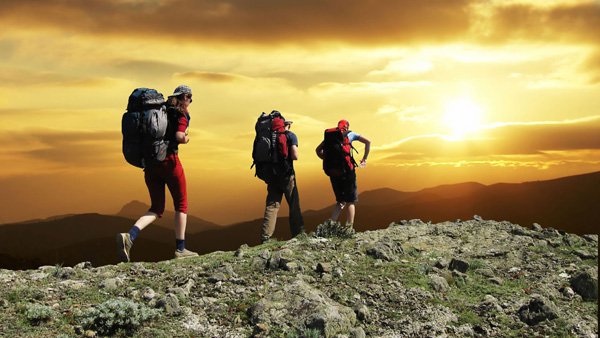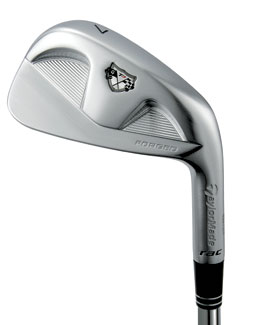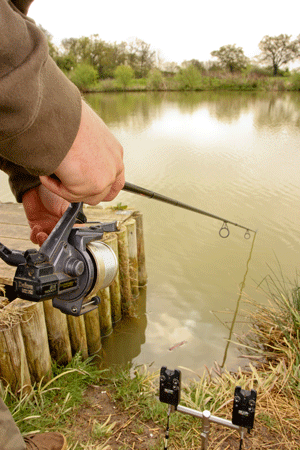Tips for a 16 year old winger
Question
Hey just wondering could you me give me some good tips on being a better wing and what I should and shouldn't focus on.
I've just turned 16 and I'm going to be playing at the 16-18 year group at my school. I've played for years but just need a few pointers.
My height is 5 foot 10, I'm 163 pounds and have a stocky frame. But I am extremely fast and agile and am one of the speediest guys in my year of 70 guys.
For attacking with the ball, when I am running should I employ a Jonah Lomu style attacking of trying to break the tackles head on or should I try and juke my way around them and use my speed?
Would it also be a good time at my age to do weights aswell as I've just joined a gym.
And finally what tips could you give to help me catch high ball under pressure? Should I jump to catch them? And after I catch should I just kick it away or should I attack with ball in hand?
Thanks a million for helping me. Hope you can get back to me soon!
Answer
Richard,
Here are the wing basics:
Major requirements:
The wing is one of those difficult positions. It is a critical position that can win or lose a game. It is also the position most likely to be filled by a new player.
There are several things that a wing must be able to do to be successful. Since the most effective location to make the burst for the score is on the outside, it is very important for the wing to run with speed and determination with the ability to move elusively to avoid being tackled. The wing needs to position himself correctly off the ball to either attack (outside a crashing fullback) or defense (to take the place of a crashing fullback). Because of the need to remain aligned with the rest of the backline and to have the ability to sprint for distance, the wing most possess all round aerobic fitness.
By the time the ball gets to the wing, there is usually pressure from the opposing side, so the wing must be able to handle the ball confidently catching, holding under pressure, and making good passes.
The wing needs to be able to field kicks, as well as making the proper kicks for the situation (tactical- get ball beyond immediate opposition/strategic- get ball down field and to out to touch)
Essential skills:
Running:
-To run with pace and determination carrying the ball
-Possess the ability to run with the ball with control and be elusive-change pace, swerve, change step, side step, change direction
-To run with body angle slightly forward
-To run with arm in a position to fend off
Position:
-To possess knowledge and skill of positioning for defense and attack
-To alter position on the field quickly and to do it all game
-To avoid distractions and to possess the mental concentration necessary for these tasks
-To know then variations possible at scrum, lineout, 22 drop, kick off, and penalty kicks
-To know his position in various back line moves
Handling:
-To be able to catch and receive a ball correctly and at pace
-To give a pass - speed of pass, body position, length of pass, height of pass, in front of chest of receiver
-To hold the ball correctly with two hands is essential. If using one, place ball in outside arm - leaving inside field arm free to fend off the opposition.
-Know how to protect ball in maul or tackle and how and when to release it to make it available
-To stand in tackle if needed
-To throw in at the line-out if necessary
-To field any ball in air or on ground, going forward and backwards
Kicking:
-To be able to kick accurately with both feet
-To execute a variety of kicks - chip and grubber, cross or centering kick, clearing kick to space, to touch, feint and drop kicks
-To toe ball ahead and chase/retrieve under pressure
Contact:
-To tackle effectively from front, rear and side
-To fend off and to burst through tackles
-To retain possession in contact
-To position body for a drive
-To fall on ball quickly and regain feet
NOTES:
-It is the wing抯 job to score tries, and finish off play decisively.
-The wing must be hungry for the ball and look for work.
-The wing must value the positioning and repositioning work he does off the ball, which can create opportunities and deny them for the opposition - again, be hungry and look for work.
-The main task of the wing is also to prevent tries from being scored against his team.
-The wing must make the ball available when necessary.
-The wing must run with pace, skill, power, and conviction.
To your specific questions:
Mr Luma can play the way he does because he is a very large and powerful man who maximizes his skills. He also tends to be bigger than his opposing backline players are.
Going into contact for contact抯 sake will generally defeat the purpose of the wing抯 possession, which is to move the ball downfield quickly and efficiently. Contact, even for a few critical seconds, can potentially halt forward movement of the ball. That being said, contact may be the only option to maintain possession of the ball. In that case, go into contact with proper technique.
As regards to lifting weights, the best person to tell you that would be your doctor. A lot depends on where in your growth spurt you are. I am generally not in favor of weight lifting for 揵ulking up?as that tends to put undue pressure on developing bones, and ligaments. Strength development that has components of calisthenics (the reason you want strength is to move your own body), static pressure exercises, and weight lifting under controlled and supervised conditions would be useful. Developing big biceps and wash board abs to impress the girls is not. Do not neglect flexibility, speed, and aerobic training. Being strong is not enough, especially for a winger. A common area neglected in physical training is the rotation of the torso. Ensure that your training program includes this.
It is never a good idea be in contact when you are in the air. There are techniques for going into the air to catch a bad pass or kick. Due to the danger involved, it is better for you to be taught by your coach on the technique. Until you learn these techniques, I would suggest that you learn to quickly reposition yourself on the ground to be in position to catch the ball without jumping. With you feet on the ground you can react quickly to the pressure (running, kicking, prepare for contact). What you do is based more on the conditions on the pitch and your skill level.
Kicking is a tool that should not be used hastily. Keep some things in mind when getting ready to kick.
Forwards will generally not kick during second/third phase ball. This is not so much because forwards tend to have poor kicking skills, but that forwards tend to be clustered in conditions were kicking is not a viable option. As a winger under pressure, you may find yourself in a similar situation.
Kicking will generally be used as a tactical tool by the backs
-In the attack zone (22 meter to opponent try line), a player should not kick (potential of losing the ball too great).
-In the contested zone (22 meter to 22 meter), kicks are used to advance the ball (grubs, pops, kicking plays)
-In the defense zone, kicks are used defensively to put the ball down field away from your try zone. Generally, you want kick for touch. It is more important that the ball go out of bounds than how far down the field it goes.
Watch the offside. If you are in front of the kicker, you are offside and cannot play the ball carrier until you are back on side.
A player may request a 搈ark?if he is behind the twenty two-meter line. The referee does not have to honor the request for a mark; you may still be hit. For the mark that is granted by the referee, it is a 揻ree kick?from the mark. It is not a football style 揻ree catch.
Good luck
Deane Shephard
Stuttgart RC
Rugby for youth
Club Locations


